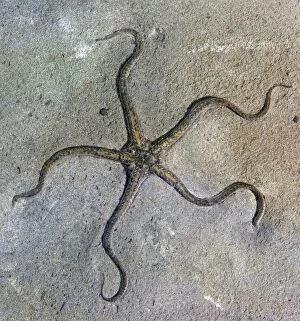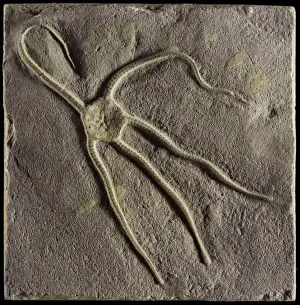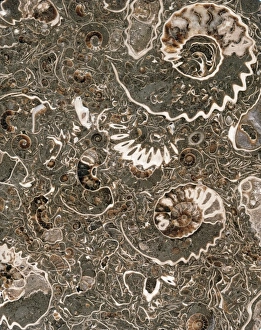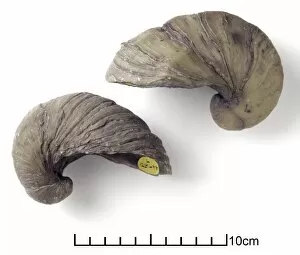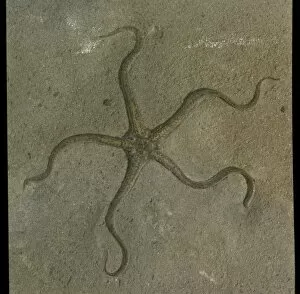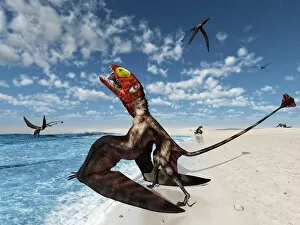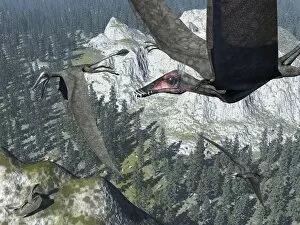Early Jurassic Collection
"Exploring the Enigmatic Early Jurassic: Unveiling Ancient Treasures in Lower Lias Strata C017 / 7170" Step back in time to the mesmerizing world of the Early Jurassic
All Professionally Made to Order for Quick Shipping
"Exploring the Enigmatic Early Jurassic: Unveiling Ancient Treasures in Lower Lias Strata C017 / 7170" Step back in time to the mesmerizing world of the Early Jurassic, as we delve into the secrets hidden within Lower Lias strata C017 / 7170. This geological marvel has gifted us with a plethora of fascinating fossils that offer glimpses into prehistoric life. Among these remarkable finds is an exquisite Oyster fossil (C016 / 6001), perfectly preserved and frozen in time. Its intricate details tell tales of a bygone era when these shelled creatures thrived abundantly in ancient seas. Another captivating discovery lies in Palaeocoma egertoni, a brittle star fossil (C016 / 4893). Imprinted on stone, this delicate creature's remains remind us of its once graceful existence amidst marine ecosystems millions of years ago. Dapedium orbicularis, a fish fossil (C016 / 4835), takes center stage as evidence of diverse aquatic life during this epoch. Its distinct features evoke images of vibrant underwater landscapes teeming with unique species that have long vanished from our modern oceans. Gryphaea incurva, commonly known as "Devil's Toenail, " adds further intrigue to our journey through time. These peculiar oysters adorned ancient shores and serve as reminders that nature's creations can be both beautiful and enigmatic. The presence of Ophioderma egertoni (Broderip), another brittlestar species, showcases the astonishing diversity found within early Jurassic ecosystems. These echinoderms played crucial roles in maintaining ecological balance beneath the waves. Ammonite marble serves as an artistic testament to Earth's ancient past. Crafted from ammonite fossils found within Lyme Regis' rich geological deposits, it captures the essence and beauty of these extinct cephalopods for all eternity.



